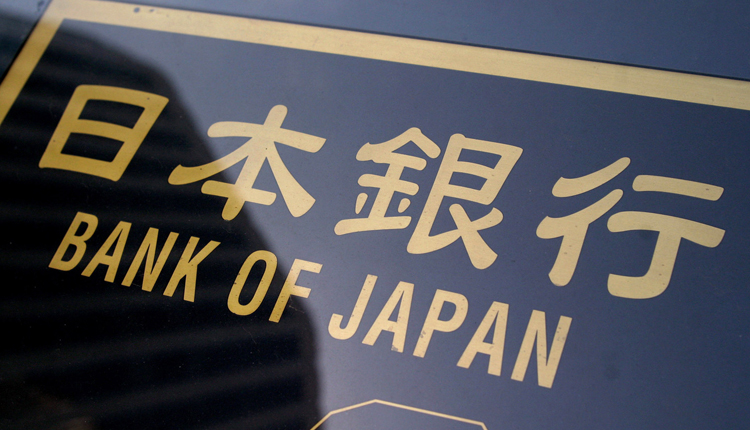Bank of Japan board members disagreed on how far interest rates should be allowed to move from the central bank’s target when they crafted steps to make monetary stimulus more sustainable, a summary of opinions from the last rate review showed.
There were also divisions between those in the nine-member board who were worried about the rising demerits of prolonged easing, and those who wanted to continue focusing on reflating growth with aggressive monetary stimulus, the summary showed.
The rift underscores the policy challenges the BOJ faces as subdued inflation forces the central bank to maintain its radical stimulus program despite the mounting costs such as the hit of near-zero rates on bank profits.
At the July 30-31 policy meeting, the BOJ kept its pledge to guide long-term interest rates around zero percent, but said it would allow yields to move more flexibly.
BOJ Governor Haruhiko Kuroda told a post-meeting briefing that the bank would allow long-term yields to move at double the previous range of around minus 0.1 percent to 0.1 percent.
However, one board member said the BOJ should allow yields to move upward and downward by around 0.25 percent, referring to recent yield moves in other major economies, according to the summary, which was released on Wednesday.
The summary does not identify which members made the comments.
“Controlling long-term yields in a flexible manner is likely to contribute to maintaining and improving market functions. Even if interest rates rise somewhat from the current level, its effects on economic activity and prices are likely to be limited,” the board member was quoted as saying.
Another board member warned against allowing long-term rates to rise much, saying that doing so when inflation expectations remained weak could push up real borrowing costs and weigh on price growth, the summary showed.
Japanese bond yields hit a 1-1/2 year high last week, as investors tested the limits of the BOJ’s new commitment to allow debt markets to move more freely.
Under a policy dubbed yield curve control (YCC), the BOJ guides short-term rates at minus 0.1 percent and the 10-year government bond yield around zero percent.
While the central bank has successfully controlled yields around the target, its dominance shrank liquidity in the bond market to the extent there had been days in recent months when the benchmark 10-year bond was not traded at all.
Concerns over the dwindling trade volume was partly behind the BOJ’s decision last week to allow yields to rise more.
There were also discussions last week on whether the BOJ should ramp up stimulus, instead of taking steps to make the current framework more sustainable, reflecting views within the board that it would take longer than expected to achieve the bank’s 2 percent inflation target.
“It is necessary to strengthen monetary easing itself” instead of taking steps to prepare for a long-term battle to achieve the BOJ’s price target, one member was quoted as saying.
Several members, on the other hand, called for more focus on addressing the side effects of prolonged easing. One member said the BOJ must continue to examine whether there was room to review its policy to mitigate the demerits, the summary showed.
A finance ministry representative present at the meeting said the government “welcomes” the BOJ’s measures, in a sign the moves had endorsement from premier Shinzo Abe’s administration, the summary showed.
But the government also saw the BOJ’s move as a sign it will maintain its massive stimulus, another government representative said, suggesting Abe remains opposed to any attempts to dial back the bank’s massive monetary stimulus.
